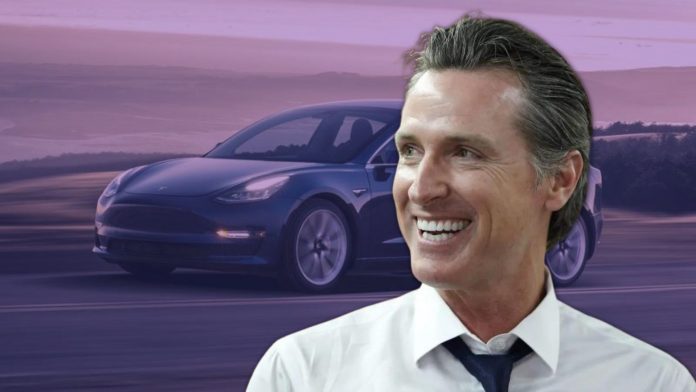The California Energy Commission says The Golden State hit its previously designed EV sales target of 1.5 million EVs two years ahead of its anticipated 2025 goal. Thanks to the significant popularity of E.V.s in California, it may not come as a surprise, but California is one of many U.S. states with booming E.V. sales.
Former California governor Jerry Brown set the 2025 goal in 2012 when the only fully electric car for sale in the state was the Nissan Leaf. It was later that year that Tesla released its Model S vehicle.
But, like many of California’s environmental goals, the state has arrived ahead of schedule. To illustrate, Califonia’s market share for new cars is the highest in the U.S. this year, at 21%, representing 40% of all zero-emission vehicles sold. However, in the country, E.V.s made up roughly 5.6% of sales in 2022.
At the end of 2023’s first quarter, California has 1.5 million total E.V. sales, with more than one million being battery-electric and the remainder being PHEVs. The milestone has aided the $2 billion in zero-emission vehicle incentives distributed by the state over the years. That is a small amount compared to the estimated $649 billion in explicit and implicit subsidies that fossil fuels get yearly in the U.S.
Califonia’s early achievement echoes that of Norway, which targets an end to gas car sales in 2025 but achieved that goal four years ahead of schedule. Additionally, despite a slow start, consumers in China are now rapidly adopting EVs.
In 2020, California Governor Gavin Newsom announced a plan to ban ICE-only vehicles by 2035. The EPA also announced a new emissions rule that will result in 67% of recent car sales being electric in the U.S. by 2032. However, the EPA stopped adopting Califonia’s 2035 ban and set its regulations as a technology-agnostic emissions target rather than a mandate of particular technologies.




